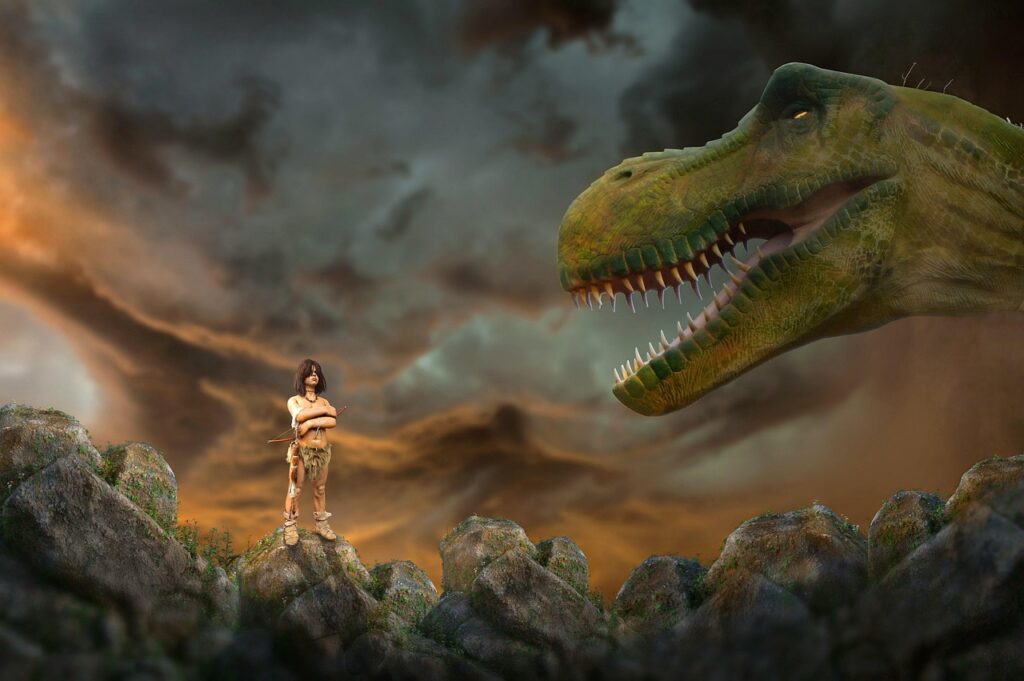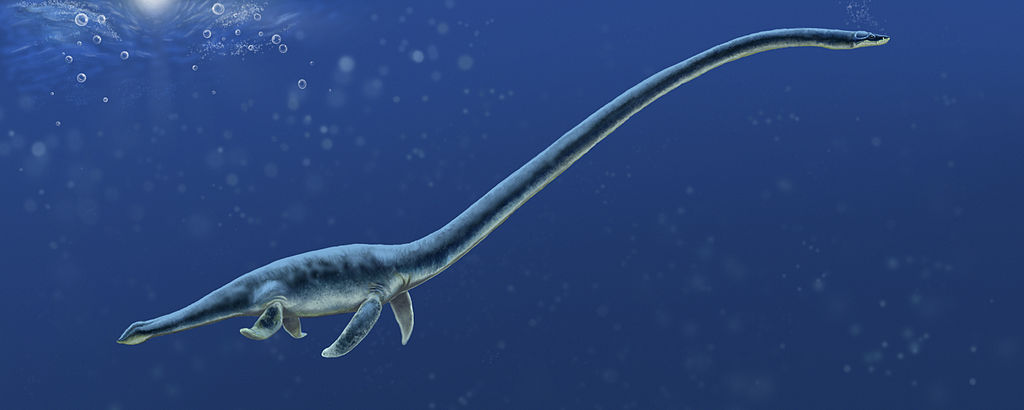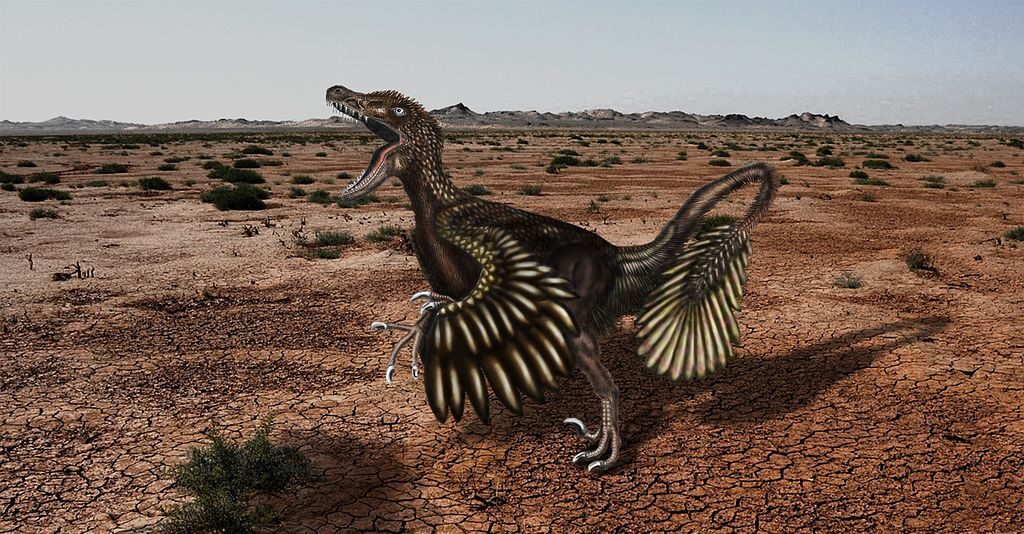Time travel movies have captivated our imagination for decades, with films like Jurassic Park painting vivid pictures of what it might be like to walk among dinosaurs. The thought is both thrilling and terrifying. While these fictional adventures often focus on dodging T-Rex attacks and escaping velociraptors, the reality of human survival in the Jurassic Period would involve challenges far more complex than simply avoiding massive predators.
The question isn’t just whether we could outrun a hungry Allosaurus. It’s about breathing the air, finding safe water, identifying edible plants, and surviving in an environment that’s fundamentally different from anything our species has ever experienced. So let’s dive in and explore whether humans could truly make it in this ancient world.
The Atmospheric Challenge
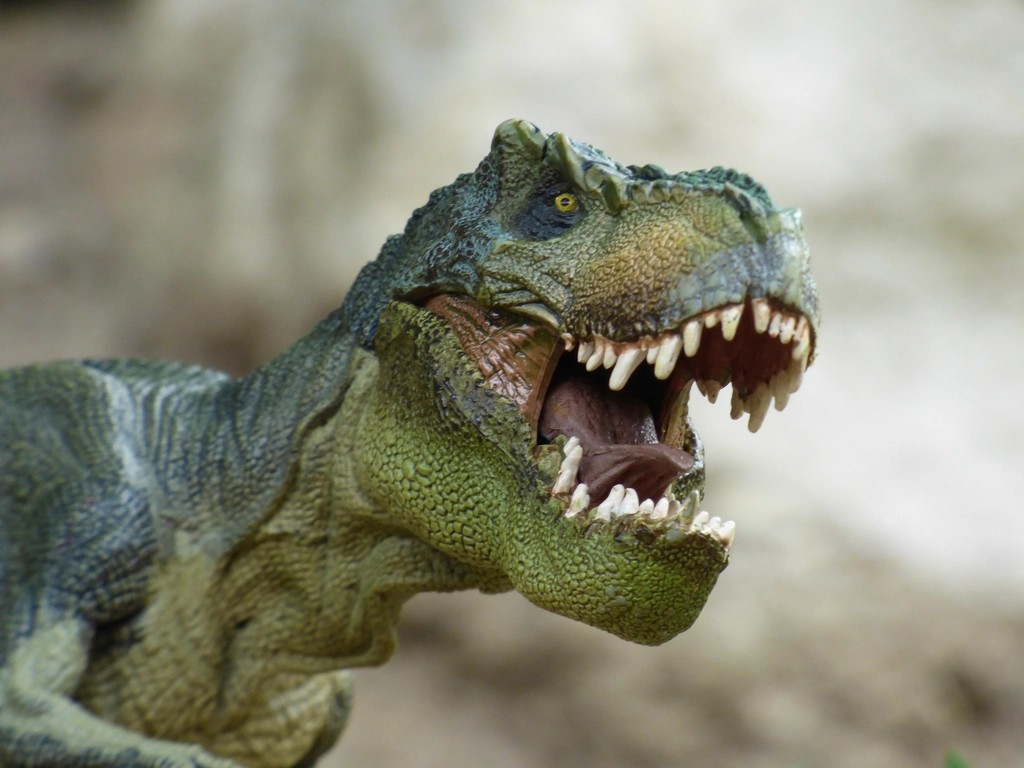
The very air in the Jurassic Period would pose immediate problems for modern humans. The average oxygen level was actually lower than today at around 15-17% compared to our current 21%, which would have made breathing more difficult.
While the lower oxygen levels would have made breathing challenging, the warm climate and dry conditions during certain periods could still create fire-prone environments.
Climate Extremes Beyond Modern Experience
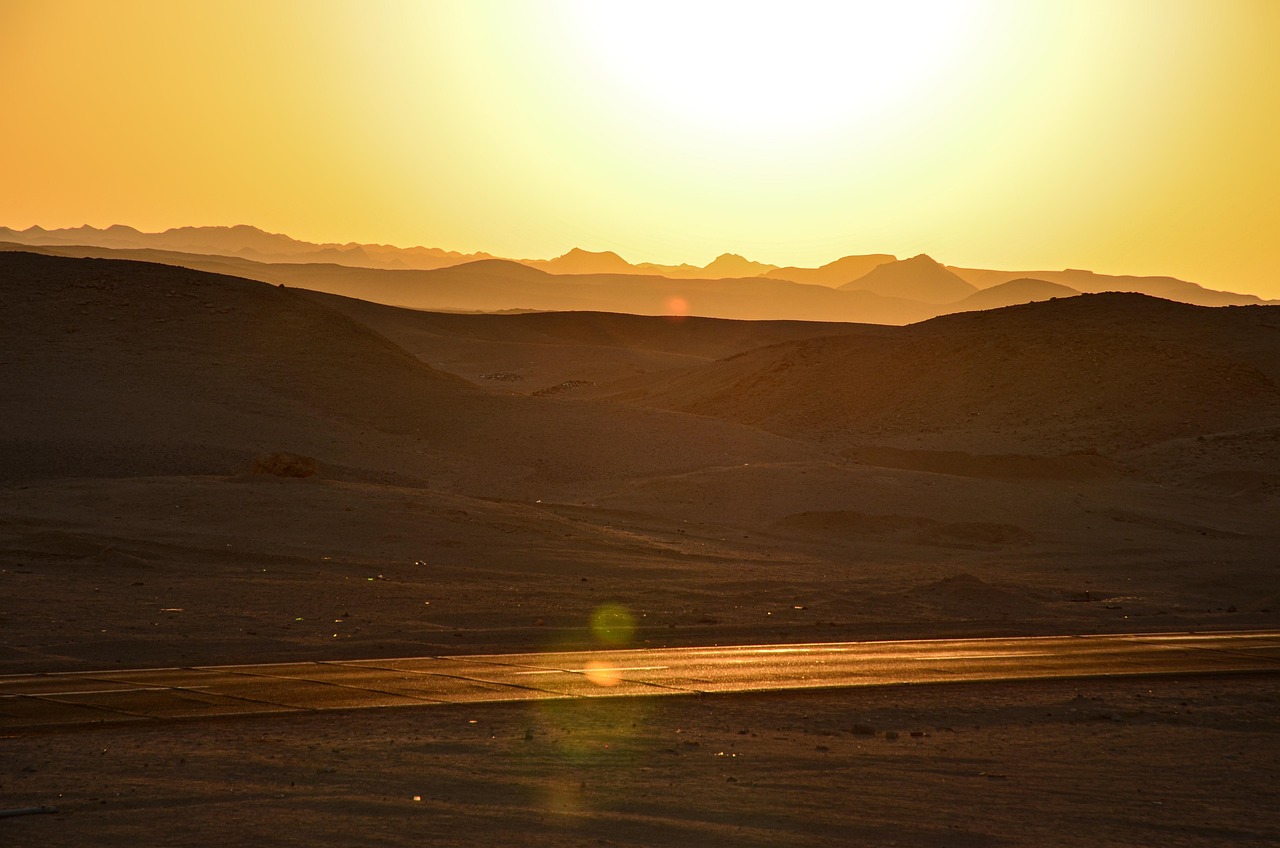
The climate of the Jurassic was generally warmer than that of present, by around 5–10 °C (9–18 °F), creating conditions that would push human physiology to its limits. The temperature differences weren’t just uncomfortable; they were potentially lethal.
During the Toarcian Warm Interval, ocean surface temperatures likely exceeded 30 °C (86 °F), and equatorial and subtropical (30°N–30°S) regions are likely to have been extremely arid, with temperatures in the interior of Pangea likely in excess of 40 °C (104 °F). Humans would struggle with constant dehydration, heat exhaustion, and heatstroke in such conditions.
The Food Dilemma
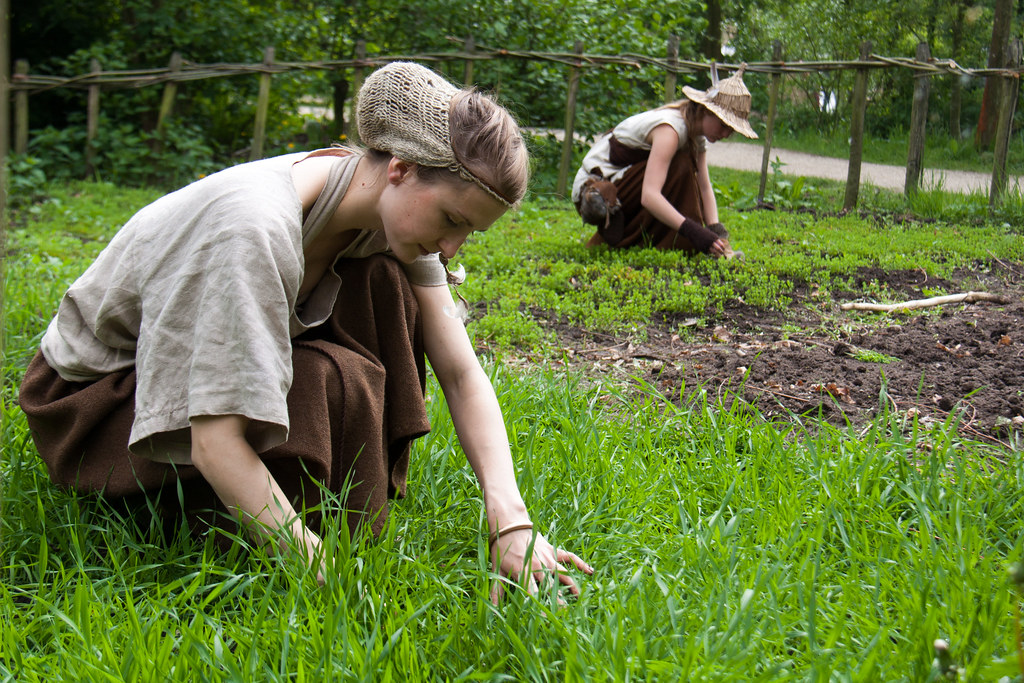
Finding safe food would be one of the most pressing challenges for time-traveling humans. Jurassic plant life was dominated by ferns, cycads, ginkgoes, conifers, and gymnosperms. Identifying edible plants would be a matter of life and death, requiring extensive knowledge and experimentation. Many plants that look edible could be highly toxic. The absence of familiar crops would severely limit food availability.
Many prehistoric plants might be inedible or toxic, so humans would need to carefully select crops that could thrive in the Mesozoic environment. Without grocery stores or familiar vegetables, every meal would be a dangerous gamble.
Predators Large and Small
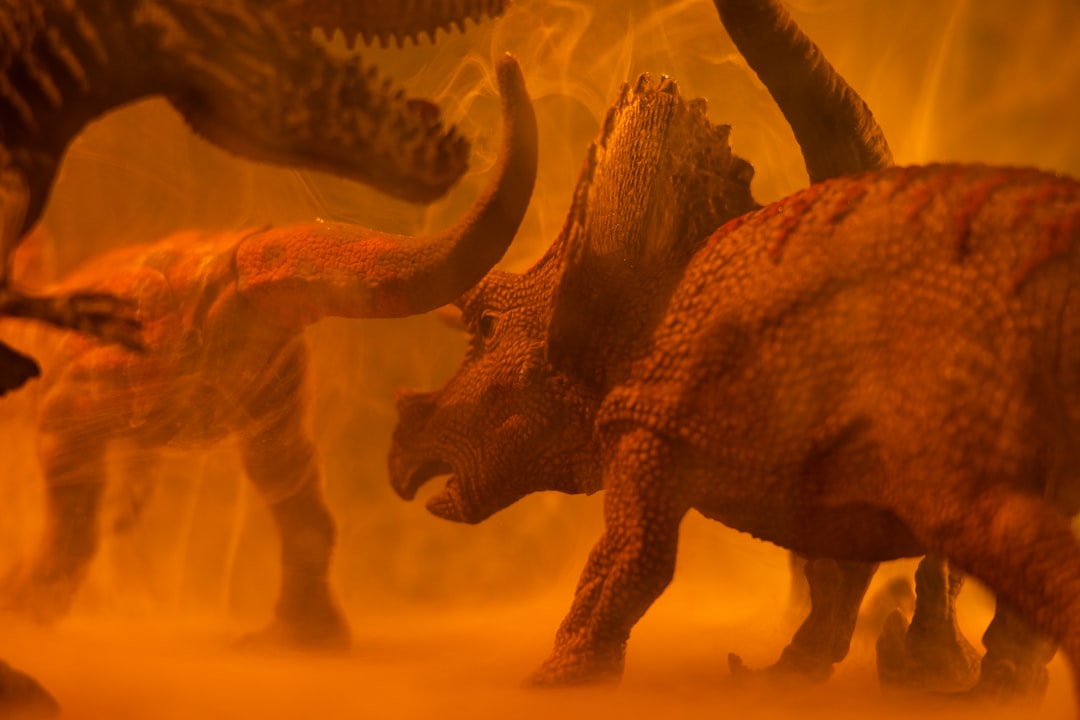
While giant dinosaurs capture headlines, the predatory threats in the Jurassic extended far beyond massive theropods. During the reign of the theropods – predatory dinosaurs, and the group from which modern birds evolved – essentially all other animals were on the menu, including fish, mammals, lizards, pterosaurs, and other dinosaurs of all shapes and sizes.
Giant insects, extreme weather events, volcanic activity, and territorial disputes with other creatures would all pose significant threats. The predatory pressure came from all directions, making constant vigilance essential for survival.
Disease and Pathogen Threats
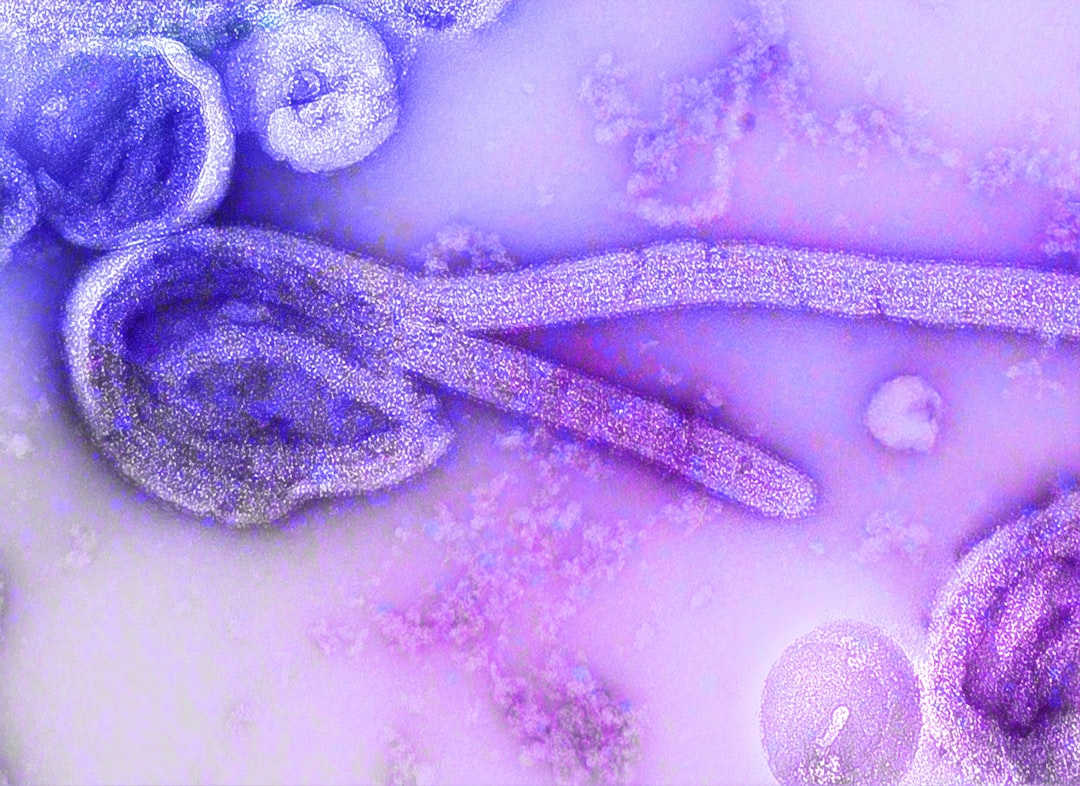
Perhaps the most underestimated danger would come from microscopic threats. Prehistoric microbes and parasites, unfamiliar to the human immune system, would likely cause widespread disease and mortality. Our modern immune systems have no defenses against pathogens that evolved millions of years ago.
Exposure to unknown pathogens and parasites would be a significant threat. Without immunity to these prehistoric diseases, humans would be highly vulnerable to illness. Even minor infections could become fatal without proper medical treatment.
Water Sources and Purification
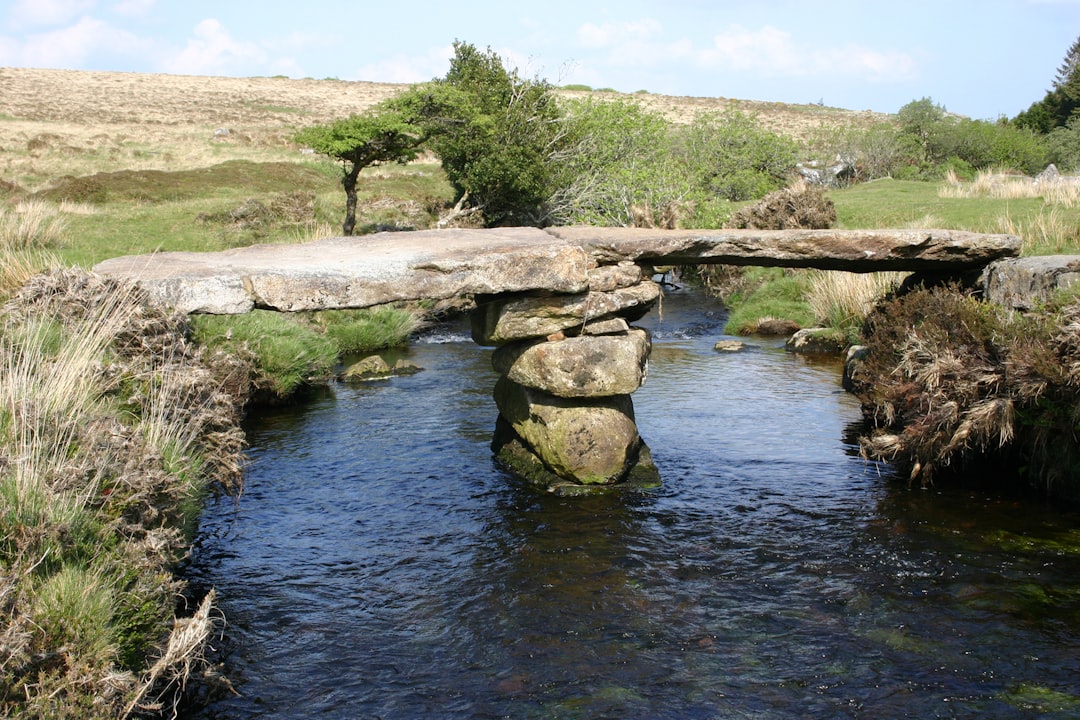
Finding clean water sources would be a constant struggle. Locating springs, streams, or collecting rainwater would be necessary, but water purification methods would be essential to avoid waterborne illnesses. The warm, humid climate would create perfect breeding grounds for dangerous bacteria and parasites.
Many plants would be toxic, and water sources could be contaminated with harmful bacteria or parasites. Every drink would require careful consideration and purification techniques that would be difficult to implement without modern equipment.
Shelter and Protection Challenges
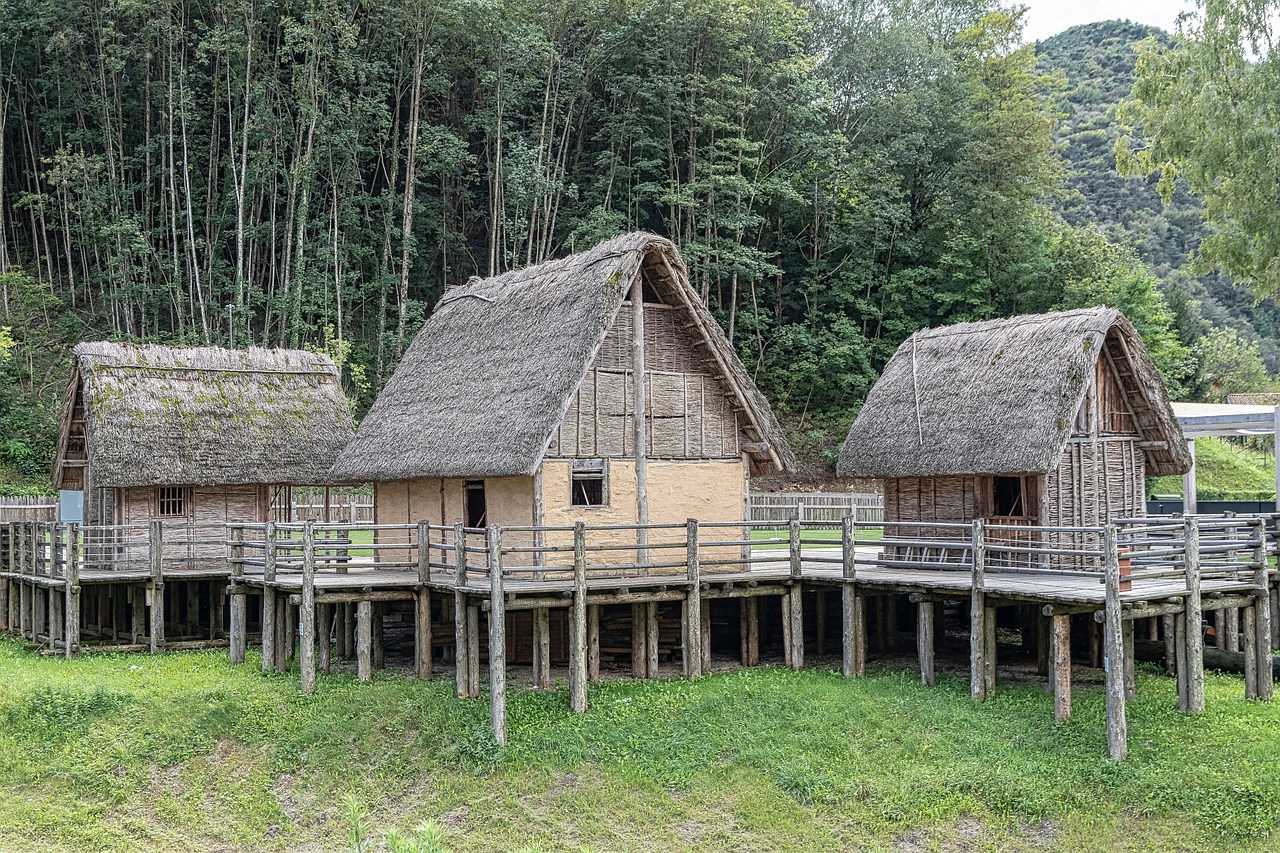
Building durable shelters would be essential for protection from the elements and predators. Using available materials like wood, stone, and vegetation, constructing basic structures would be possible, but challenging without modern tools. The need for protection would be constant and multifaceted.
Humans would need shelter from extreme heat, potential predators, frequent storms, and the ever-present fire risk. Domestication would be extremely difficult and dangerous. Most Jurassic animals were either too large, too aggressive, or too specialized to be easily domesticated.
The Verdict on Human Survival
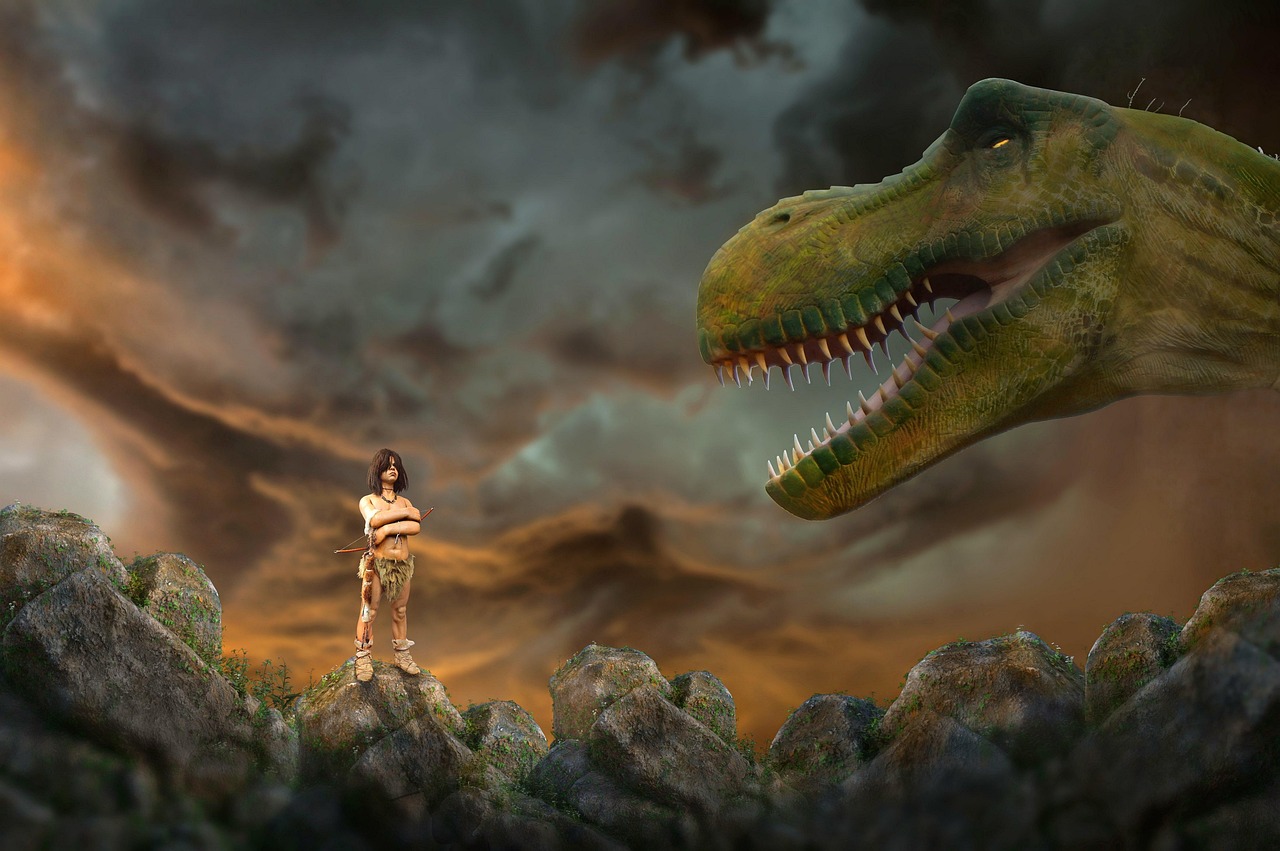
The harsh reality is that while early mammalian ancestors did indeed share the planet with dinosaurs for a time, the environment presented challenges that would make long-term survival for modern humans extraordinarily difficult. Without advanced technology and extensive preparation, the odds would be stacked heavily against us.
Without tech, the odds plummet to near zero. A small, well-trained group of individuals with diverse skills – including botanists, doctors, engineers, and survival experts – would have a significantly better chance than a lone individual. Knowledge of survival techniques, plant identification, and basic medicine would be crucial.
The Jurassic Period would test every aspect of human adaptability and ingenuity. While our species has shown remarkable resilience throughout history, the combination of atmospheric differences, extreme climate, toxic plants, deadly predators, and unknown diseases would create a perfect storm of survival challenges. The dinosaurs might be the least of our worries in this ancient world. What do you think about it? Tell us in the comments.

